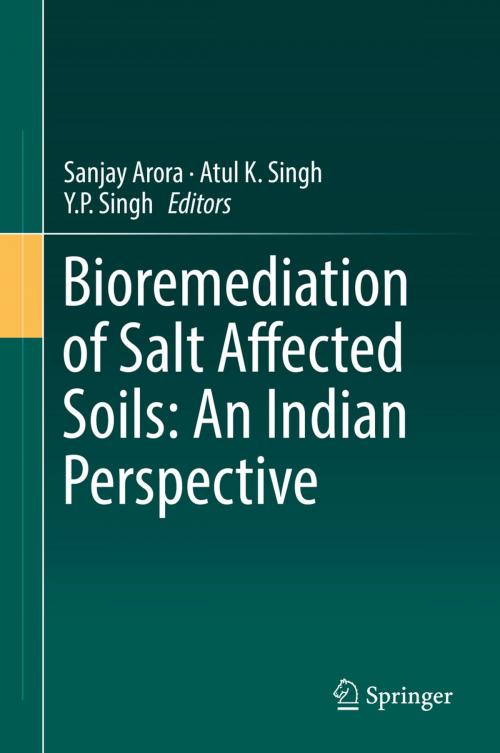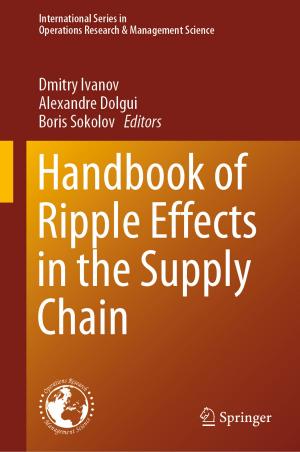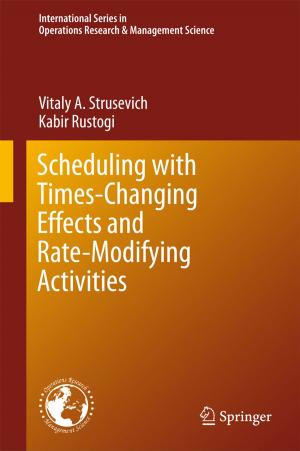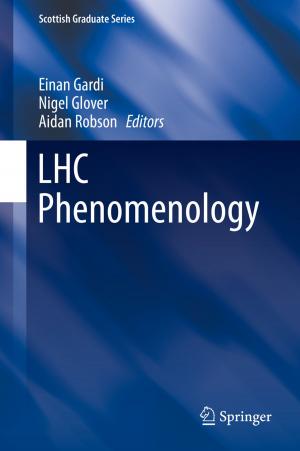Bioremediation of Salt Affected Soils: An Indian Perspective
Nonfiction, Science & Nature, Science, Biological Sciences, Botany, Nature, Environment, Environmental Conservation & Protection| Author: | ISBN: | 9783319482576 | |
| Publisher: | Springer International Publishing | Publication: | March 31, 2017 |
| Imprint: | Springer | Language: | English |
| Author: | |
| ISBN: | 9783319482576 |
| Publisher: | Springer International Publishing |
| Publication: | March 31, 2017 |
| Imprint: | Springer |
| Language: | English |
This edited volume focuses on the characterization, reclamation, bioremediation, and phytoremediation of salt affected soils and waterlogged sodic soils. Innovative technologies in managing marginal salt affected lands merit immediate attention in the light of climate change and its impact on crop productivity and environment. The decision-making process related to reclamation and management of vast areas of salt affected soils encompasses consideration of economic viability, environmental sustainability, and social acceptability of different approaches.
The chapters in this book highlight the significant environmental and social impacts of different ameliorative techniques used to manage salt affected soils. Readers will discover new knowledge on the distribution, reactions, changes in bio-chemical properties and microbial ecology of salt affected soils through case studies exploring Indian soils. The contributions presented by experts shed new light on techniques such as the restoration of degraded lands by growing halophyte plant species, diversification of crops and introduction of microbes for remediation of salt infested soils, and the use of fluorescent pseudomonads for enhancing crop yields.
This edited volume focuses on the characterization, reclamation, bioremediation, and phytoremediation of salt affected soils and waterlogged sodic soils. Innovative technologies in managing marginal salt affected lands merit immediate attention in the light of climate change and its impact on crop productivity and environment. The decision-making process related to reclamation and management of vast areas of salt affected soils encompasses consideration of economic viability, environmental sustainability, and social acceptability of different approaches.
The chapters in this book highlight the significant environmental and social impacts of different ameliorative techniques used to manage salt affected soils. Readers will discover new knowledge on the distribution, reactions, changes in bio-chemical properties and microbial ecology of salt affected soils through case studies exploring Indian soils. The contributions presented by experts shed new light on techniques such as the restoration of degraded lands by growing halophyte plant species, diversification of crops and introduction of microbes for remediation of salt infested soils, and the use of fluorescent pseudomonads for enhancing crop yields.















